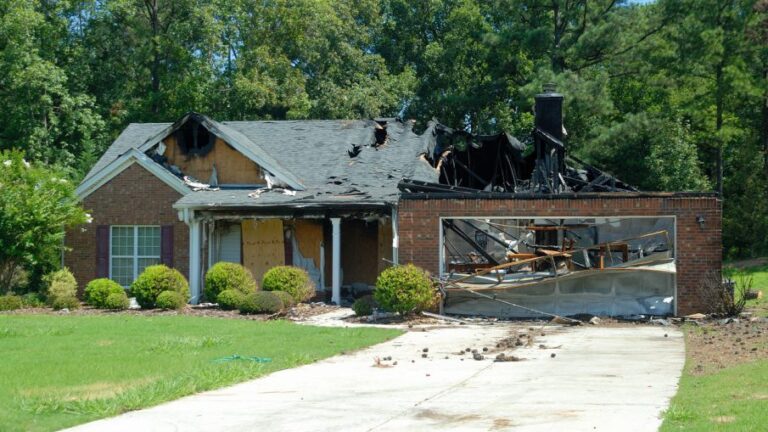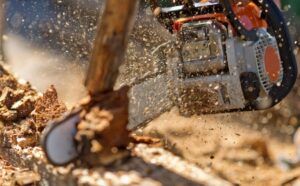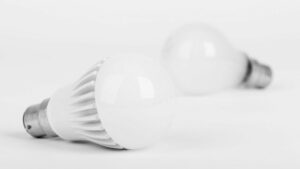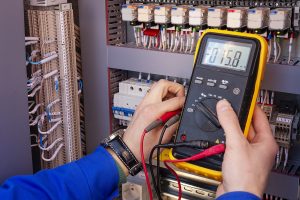There are many hazards around the home – some that are obvious, and some not so obvious. Electricity is like the wind, you can’t see it, but you can see and feel the effects. It can pose many risks from physical hazards to risks of fire and needs to be respected and taken care of to ensure family and home safety. Here we will explain a little bit about the workings of electricity and how to prevent electrical fires from happening.
Residential fire statistics
According to the National Fire Protection Association (NFPA), in the United States between 2010 and 2014, a residential fire happens once every 23 seconds. Electrical house fires make up about 9% of these, which can be estimated at about once every two and a half minutes. That means that in the time that it is taking to read this article, two or three residential dwellings are on fire due to electricity. Though this percentage is relatively low (yet still a borderline epidemic), electrical fires in the home account for 16% of all fire-related deaths! This is an epidemic!
We are all taught that electricity is dangerous, being taught at early ages to not stick anything in wall outlets, or use hair dryers while taking baths. We know of the physical dangers and how deadly electricity can be, and it can, but we are not taught about the potential fire hazards attributed to electricity. Thankfully, there are steps that can be taken to prevent some of these from happening.
How electrical fires start
First, let’s start with what electricity is and what is actually going on in the wires of our homes. Not attempting to bore you with the technical details of differences between Ac and DC circuits, I would rather present the 4 basic attributes of electricity:
- Volts – the amount of energy travelling through the wires (ex. 120-volt outlets standard to American homes)
- Amperes (Amps) – The amount of force it takes to push the energy through the circuit
- Resistance (Ohms) – The amount of contra-force to the current – ohms attempt to reduce volts, therefore driving the current up
- Power (Watts) – The amount of work the electrical circuit that is visible (such as a light bulb or stove element)
If all of these attributes are balanced, and the wiring is enough to handle everything plugged, all will be fine. However, any flaws in the electrical system can reduce the integrity and cause the inevitable. Take for instance the resistance. If the resistance increases, then the current will increase as well since its job is to maintain the right amount of volts. If this current increases, then so does heat. If the heat increases, well, that is what can start a fire.
Potential risks
One of the most common ways to increase this resistance is through a loose connection, which also causes arcing. Loose connections are in fact the most common causes of electrical fires. These loose connections can happen naturally over time, and can be seen in receptacles, switches, circuit-breaker panels and fuse boxes – anywhere wires are spliced or connected to something. Let’s take a look at the most common causes of electrical fires.
Receptacles
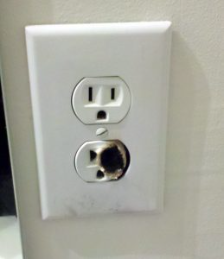
If an outlet is used often, such as constant plugging in and taking out, this will weaken the connection between the outlet and the prongs of the device you are plugging in. If the outlets are over 10 years old, then it is possible the screws that hold the wires in place may start to become loose. Wiring in the home runs through the outlets, which means that the electricity that is being used in the living room may be going through the wall outlet in the hallway. For instance, if you plug in a space heater in your bedroom, there may be an outlet in another room that could be getting hot because of loose connections. Sometimes wires have to be connected together to go to different parts of the home, and unfortunately, not all of these connections stand the test of time.
Fuse boxes/breaker panels
I have seen many times when circuit breakers develop loose connections where they plug into the panels. Wiring between the meter and the fuse or breaker box can become loose. Oversized fuses or breakers can allow too much current through the circuits, which can cause the wires to get too hot.
Light fixtures
Have you ever noticed when changing a light bulb that there is a sticker that says something like “60 watts max”? Please heed those words! I was called out to a home to investigate why the light in a bedroom caught fire. Sure enough, the light said 60 watts max (there were 3 bulbs in this one), yet they had If you have 100-watt bulbs in a 60 watt fixture it can get way too hot, which could result in the unthinkable!
Better to consider updating and installing LED lighting which is both safer and much more economical to run.
Plug strips/extension cords
Ah yes, the infamous plug strip. With the ever-growing list of devices we plug in (the computer that I am typing in now is using one), it is inevitable that we have the need for them. Under the right circumstances, they pose no threat. However, if they are not sized correctly (how much current they can handle) or if one was plugged into another, which is plugged into another… there is where the risk lies. The more connection points mean the more risk of arcing due to loose connections. Regularly inspect electrical cords for signs of wear and damage such as fraying or cracking. Replace any damaged cords immediately.
Outdated wiring
Outdated wiring can, in fact, pose a risk. From electricity’s infant stages and up until around the 1930s, knob-and-tube wiring was a standard. The wires were run in single strands attached to ceramic insulators through the homes. These single wires were spliced in the open, meaning the wire connections were not inside junction boxes that would otherwise protect and be protected. The wires being run like this are also subject to physical damage.
Another form of wiring that most all of us have at least heard of is aluminum wiring. Aluminum was used to wire homes and building from the 1960s to the mid-1970s and was used since at the time copper prices had skyrocketed. Aluminum has a tendency to easily expand and contract, creating loose connections. Aluminum wiring has been linked to many house fires. Often people only discover this hazard when renovating old homes. So if yours was built in this period consider an inspection.
Electrical preventive maintenance
When purchasing plug strips, make a few considerations of what you will use it for. If it will be used for electronics such as entertainment centers or computer equipment, be sure to get one with a high amount of surge protection. My rule of thumb is to not spend less than $40 on a surge protector. While most cheap strips still have ratings of 15 amps (a considerable amount), if you will be using it for heavy loads such as blenders or microwaves.
In the case of extension cords, make sure the outer coating is intact along the entire length of the cord. Inspect both the male and female ends – are there any signs of over-heating? If the cord is supposed to have 3 prongs, are there only two? If yes to either of these, replace it! As with plug strips and extension cords, do not daisy chain them – only use one between the wall outlet and the device that is plugged into it.
Keep flammable items such as curtains, blankets, and furniture away from electrical sources. This can’t overstated, not just because fire could catch these items alight, but also they could cover an electrical device and cause it to overheat and ignite a blase.
If your home is more then 10 years old, it is recommended to check and tighten the wiring throughout your home. Receptacles, wire connections in the fuse boxes/circuit breaker panels, etc. If your home was built in the 1960s to the mid-1970s, it may have aluminium wiring, in which case there are methods that can be used to keep the electrical system safe. Calling on a licensed and insured electrical contractor will be able to help you with this as it is not recommended for DIY’ers to be working with electricity.
Ensure that the light bulbs used in your lighting fixtures throughout your home are within the rating range of the light. Light fixtures are made handle so much heat, and the higher the wattage – the more heat.
My charge to you
If you don’t do anything else this season with your home, consider taking these steps properly maintain the electrical system of your home. Although there can not be a 100% guaranteed solution, these can serve to significantly reduce the risks. The older the home – the more potential risk there is. Don’t let your memories or your life go up in smoke. If you have any questions or would like to leave a comment, please do so below. Thanks!
Jake is a tool guy – think Tim Allen from Home Improvement but with a much drier sense of humor. He lives in the great state of Ohio and plays the guitar on his downtime. He also spends his time writing on all things tools and DIY-related as this is his passion.

